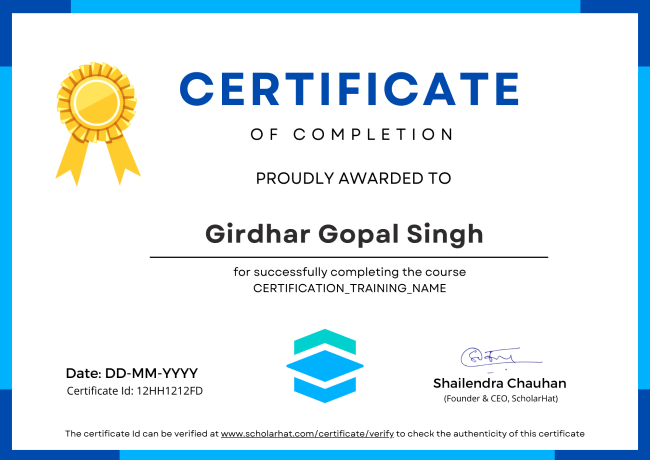- Understanding .NET Framework
- .NET Framework Version History
- .NET Framework 4.5 Architecture
- Common Language Runtime (CLR)
- CLR Components
- Microsoft Intermediate language (MSIL)
- Common Type System (CTS)
- Common Language Specification (CLS)
- Relationship Between CTS and CLS
- Framework Class Library (FCL)
- Just-In Time Compilation (JIT)
- Types of JIT Compiler
- Normal JIT, Pre-JIT, Econo JIT


























